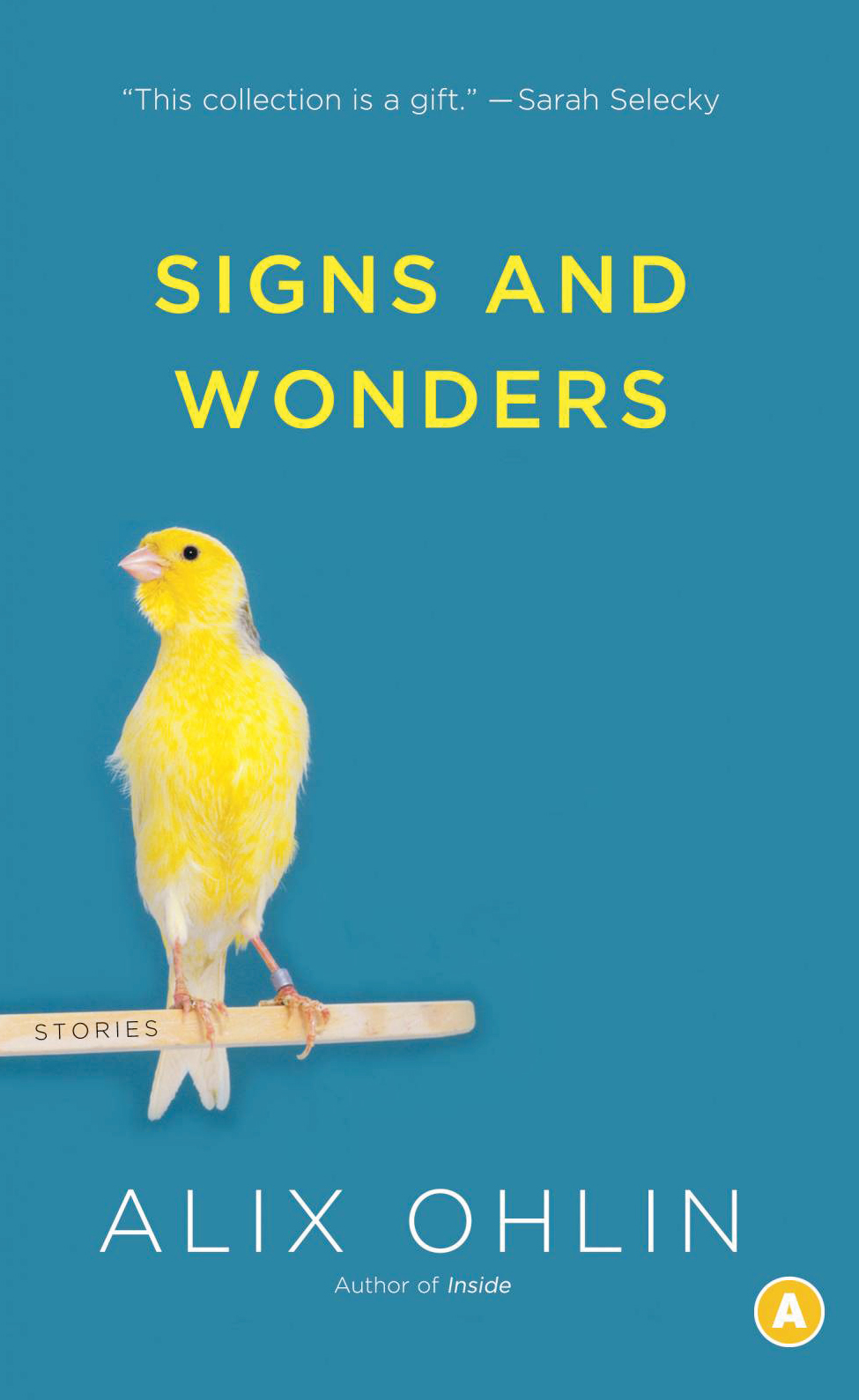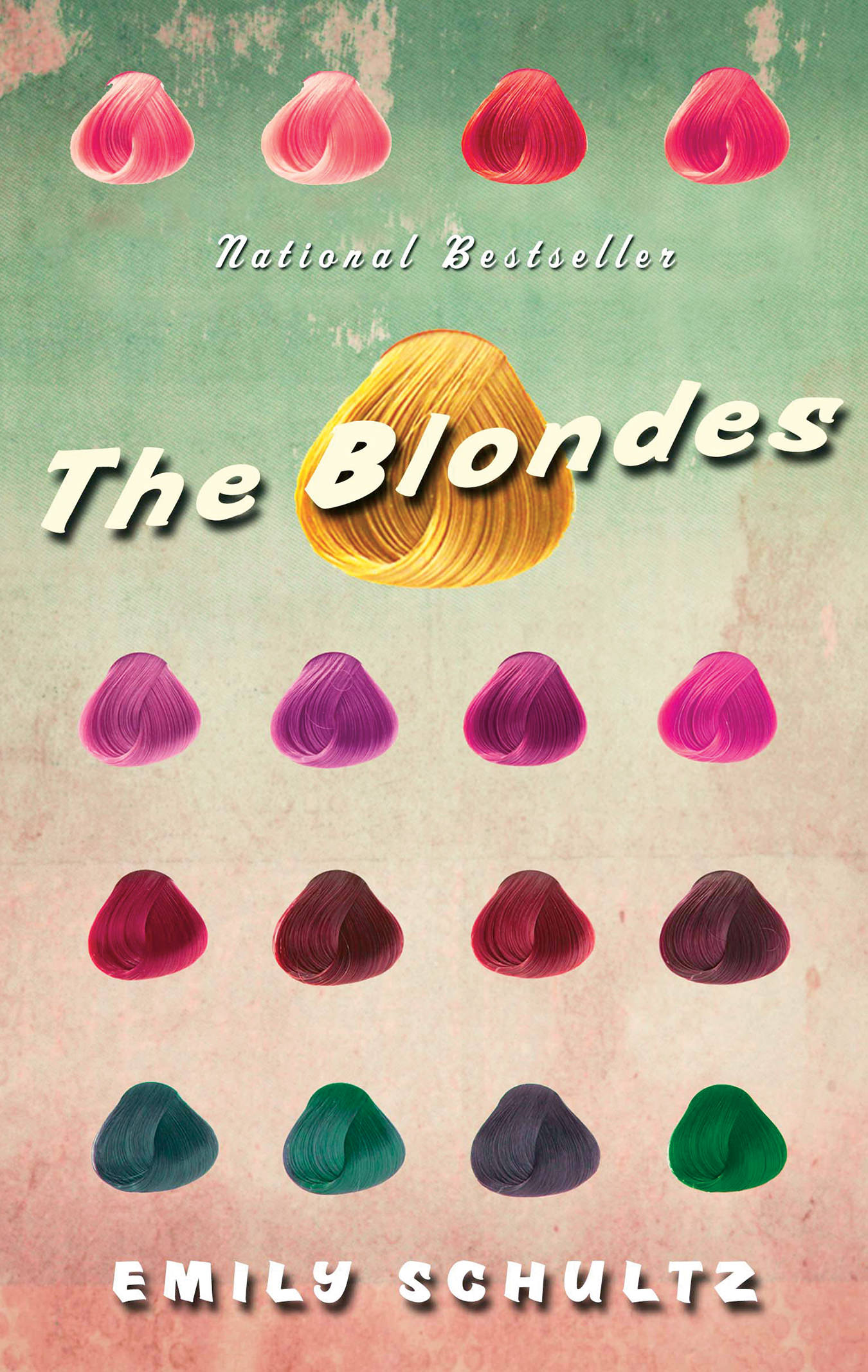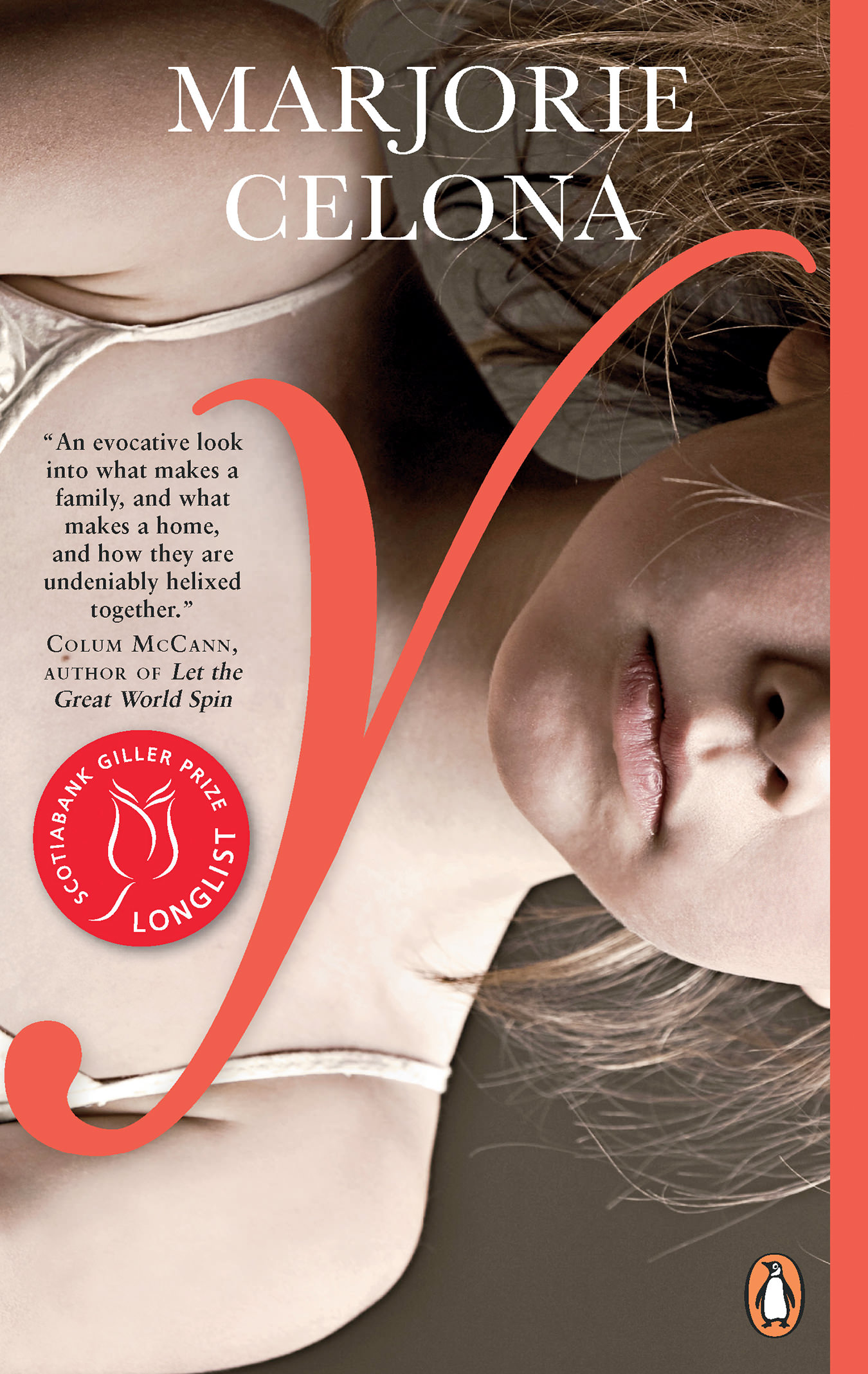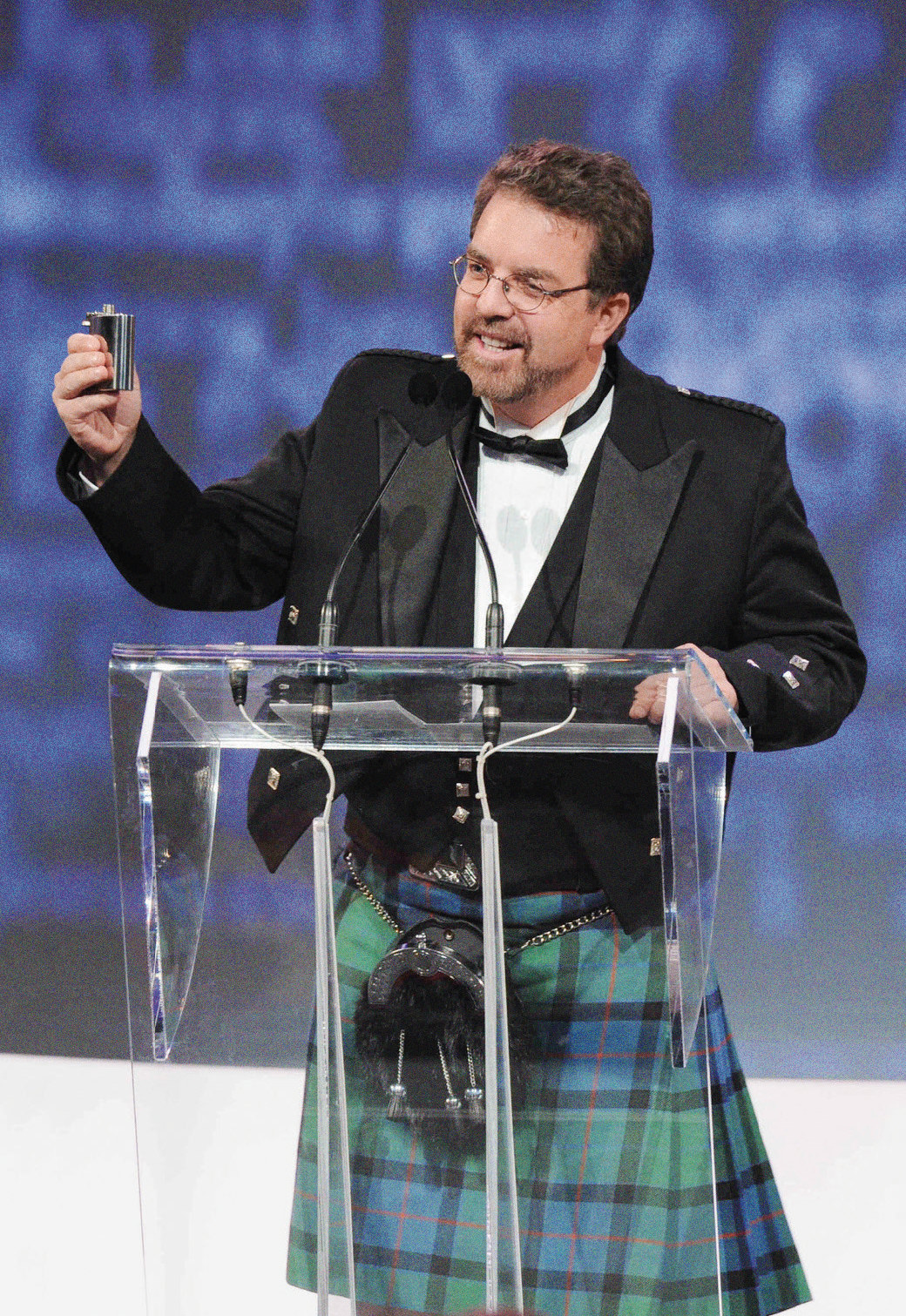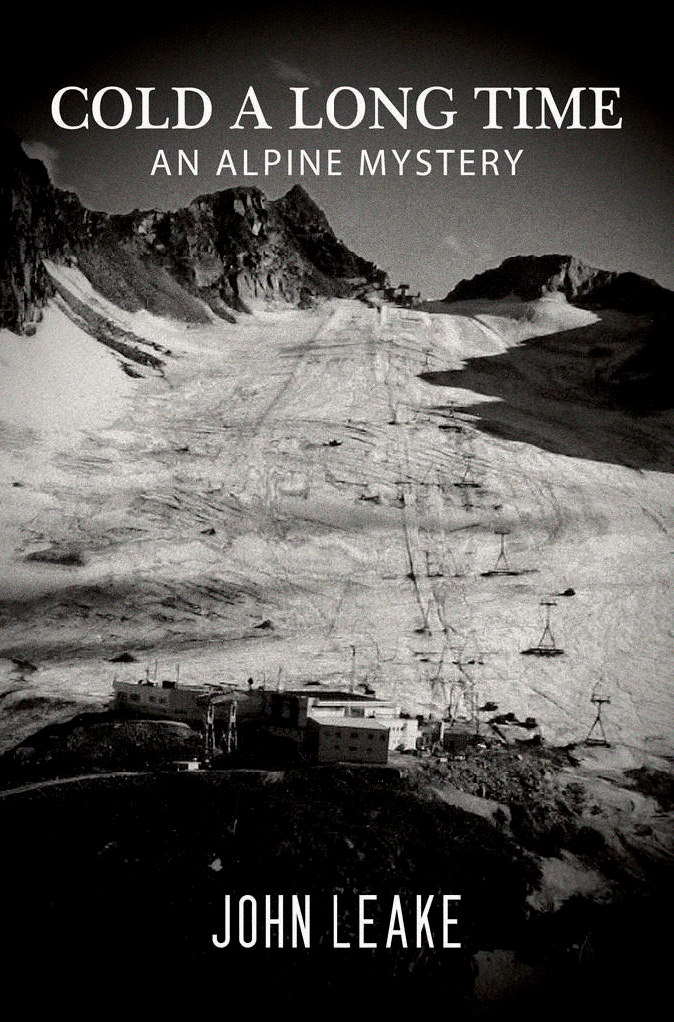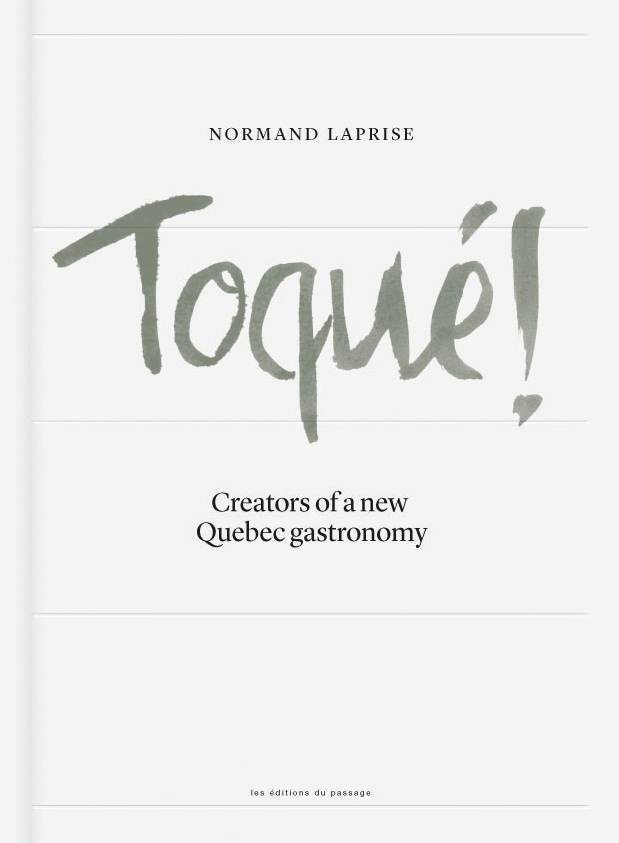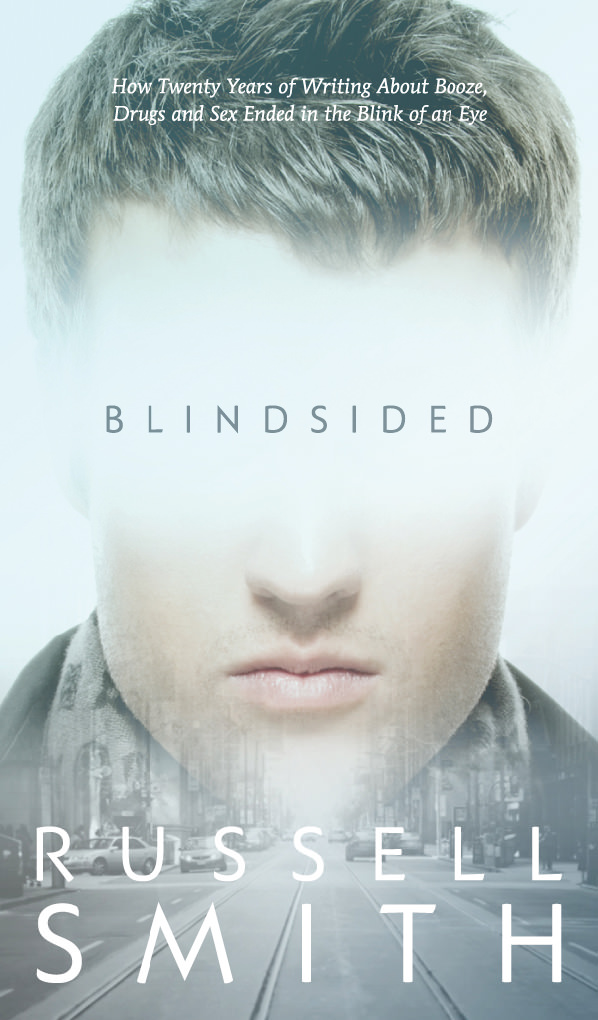Off the Shelf: CanCon Roundup
Books by Alix Ohlin, Emily Schultz, and Marjorie Celona.
The thrill of becoming acquainted with a hitherto unfamiliar writer is singular. But it’s even more exciting when you’re unexpectedly smitten with a new author, or one at an early point in his or her career. It’s a special kind of anticipation, loaded with expectation. (And it can help you appreciate the sentiment behind that hipster chestnut, “I was a fan before they were famous.”) To that end, here are three novels by Canadian authors in the incipient stages of their careers, who have done some impressive work thus far but who, if we are fortunate, have many more pages to come.
Signs and Wonders
If there’s a running theme throughout Alix Ohlin’s Signs and Wonders, a collection of 16 short stories, it’s relationships—although that’s perhaps too imprecise a designation. After all, what fiction isn’t about relationships? What really ties the tales together is the emotional scope that Ohlin explores, as well as her ability to make the reader become invested in characters within a scant few paragraphs.
The first story, itself called “Signs and Wonders”, tells of Kathleen and Terence, university professors who, after being married for 26 years, decide to get divorced: “They stayed up late making plans, more excited about this stage of their lives than anything since their honeymoon, practically … the discovery of shared misery was nearly as thrilling as that of mutual love had been.” But their plans are put on hold when Terence becomes the victim of a violent carjacking. He lies comatose in the hospital, leaving Kathleen in a conflicted, liminal space: “She couldn’t help feeling she was just playing a part. She and Terry hadn’t told anyone of the impending divorce.”
Ohlin showcases here her talent at deftly shifting between comedy and tragedy; while Terence is in the hospital, Kathleen is inundated by visits from Fleur Mason, a colleague from the university who had “always driven Kathleen crazy. She was single and thirty-seven and appeared to have no life outside of her job. She had a laugh like a demented clown’s; it rose too suddenly and lingered too long.” Also figuring into the story are the couple’s recently sober son, hallucinations involving pterodactyls, and an escaped parakeet, disparate elements that are weaved together to great effect in a relatively few pages. It never feels scattershot; Ohlin mixes it all just so, with the end result being sweet and sad, funny and thoughtful.
In “The Only Child”, college student Sophie learns that she had an older brother, given up for adoption years before her parents were married. The brother, Philip, an investment banker, contacts the family, and their first meeting is as awkward as you’d expect. (After Philip orders root beer, “Sophie felt stung. She hated root beer. Of course she understood this didn’t mean anything, but she thought it meant everything.”) Later, Sophie visits Philip and his girlfriend in New York, and it’s then that what began as a slightly sitcom-y premise blossoms—via the occasional flash forward into Sophie’s life decades from now—into a poignant commentary on family and belonging.
Ohlin has a real flair for first lines. “The Teacher” opens with the following: “On Doug and Carol’s wedding day, murder was committed in their small town, which they steadfastly refused to take as a bad sign.” Then there’s “Vigo Park”, the beginning of which would make Chekhov proud: “There’s a gun at the beginning of this story, placed here so that you know it’s going to go off by the end. That’s just the way it is; you’ve been warned.” And check the subtlety of this line from “The Idea Man”, which hints at so much in just nine words: “Beth met Fowler at a party of sensible adults.” Sensible.
Maybe the theme here isn’t relationships, but something less manifest. Maybe it’s connections—the good, the bad, and most significantly, the unexpected. Whether focusing on connections that are present where they rightly ought not to be or those lacking where they should exist, Ohlin makes vibrant the characters inhabiting her 16 varied worlds.
The Blondes
A summary of Emily Schultz’s novel The Blondes sounds as if it could be the premise for an exploitation flick, maybe from the Roger Corman oeuvre: a virus turns blond women into violent killers and leads to a global pandemic. But that hook line belies a much deeper literary experience. The virus outbreak is the setting—an eye-catching, high-concept setting to be sure, but there’s more to see here.
Graduate student Hazel Hayes is in New York at the beginning of the outbreak. She learns that she is pregnant, the result of an affair with her married professor, Karl Mann; at the same time, she becomes aware that a rash of violent assaults throughout the city, and eventually the world, is anything but random. Hazel’s realistic but sometimes (and understandably) preoccupied reaction to the events that occur accurately reflects how we deal with disaster in the information age; I liked that she first learns about the specifics of the plague over social media, and she laments being “a tourist of tragedy” while following the news.
We eventually learn that the virus, which is similar to rabies, is “hair-borne”; it turns women with blond hair violently psychotic. Shaving off one’s locks appears to offer some measure of resistance, which results in a cultural shift, as the term blonde no longer refers to one’s appearance but to infection. While awaiting a flight at JFK, Hazel witnesses an attack by a mob of crazed flight attendants and observes, “It was The Blondes. And that’s what we called them after that day, as if their violence had instantly resulted in a new social class.”
Hazel is in the midst of research on aesthetology, “the study of looking” (her thesis is called Through a Screen Darkly: Vamps, Tramps, and False Consciousness in Female-Marketed Culture), and she thus provides a unique perspective on the goings-on. “After these past seven months every human left on Earth has become a women’s studies major,” she remarks. “We women matter. We are the discourse on a twenty-four-hour news cycle because we are dangerous.” Having fled New York in the months following the outbreak, she narrates the story as an extended flashback to her unborn child, painting a bleak picture of life following the outbreak:
If you survive, the world you grow up in will be one that has experienced intense panic and distrust, violence and hysteria—though that’s a loaded word. I don’t think I would have used it before this past year. But now? All of us living with a disease that affects only girls and women? Hysteria is so bang on.
Much of the story recounts Hazel’s journey from New York to Ontario cottage country, where she seeks refuge in a cabin belonging to her mysteriously absent lover—although Karl’s wife, Grace, is there, and she knows all about the affair. Hazel’s description of her problematic relationship with Karl (along with her subsequent interactions with Grace), far from being a distraction from the viral violence happening throughout the world, proves to be just as intriguing. It’s a testament to Schultz that the suspense in finding out how the world went to hell rivals reading about how Hazel’s world got there, and makes The Blondes that rare combination of page-turner and impressive literary endeavour.
Y
The crux of Marjorie Celona’s Y is presented in its very first sentence: “My life begins at the Y.” This is our introduction to Shannon, the foundling narrator who is abandoned as a newborn in front of the YMCA in Victoria, British Columbia. Hers is not a pleasant childhood; Shannon floats from family to family, all with varying levels of problems and abuse. It is not until she turns five that her life gains some semblance of normalcy when she is adopted by a woman named Miranda who has a daughter, Lydia-Rose, around the same age as Shannon.
In her teens, Shannon becomes fixated on learning where she came from, and she reacts, well, like a teenager. She turns bitter toward Miranda, toward mostly everything, really, and becomes intensely preoccupied: “In my head, late at night, I draft letters to my mother and father. I say everything I want to say, everything that needs to be said. In my head, I am so eloquent.” Thus, Y becomes more than an origin for Shannon; it’s also a question.
Shannon is a not-insignificant balancing act for Celona—realistic teens are tricky to pull off, and interesting teens worth reading about are doubly so. But through Celona’s writing, Shannon is fully and remarkably realized, a character who toes the line between insolence and insight.
A trip to Vancouver provides a turning point; Shannon runs away from home and spends a day on the streets before the police drag her home. Although Shannon-as-narrator tries to downplay the experience a bit (“I had an okay time. Vancouver smelled like rain and pizza”), it is subtly pivotal; one remark, buried in a lengthy paragraph describing the poverty as she walks down East Hastings Street, carries weight:
In some ways I felt good walking down this street of broken faces. I stood at the edge of a park and watched a man shoot heroin into his neck. I let myself have the thought that I might find my mother on a street like this one day. I let myself have the thought that I might be on a street like this one day.
Alternating chapters depict the life of her parents leading up to the day of Shannon’s birth; they have a small cottage even beyond the outskirts of Victoria, but as a result of drugs, misery, and darkness, Shannon comments, “they live at the edge of reality, beholden to no one, isolated and strange.”
Through Shannon’s telling, the characters in this book are displayed like paintings. Some are self-portraits inked by the narrator with a refreshing and often amusing directness—she describes herself early on as “a noisy and demanding six-year-old” and “a cross between Shirley Temple and a pug.” But there are portraits of others, too; notably Miranda and Lydia-Rose, as well as Vaughn, the man who originally discovered Shannon, and her birth mother, Yula. It all makes for an extraordinary first novel by Marjorie Celona—the first of many, we can only hope.

